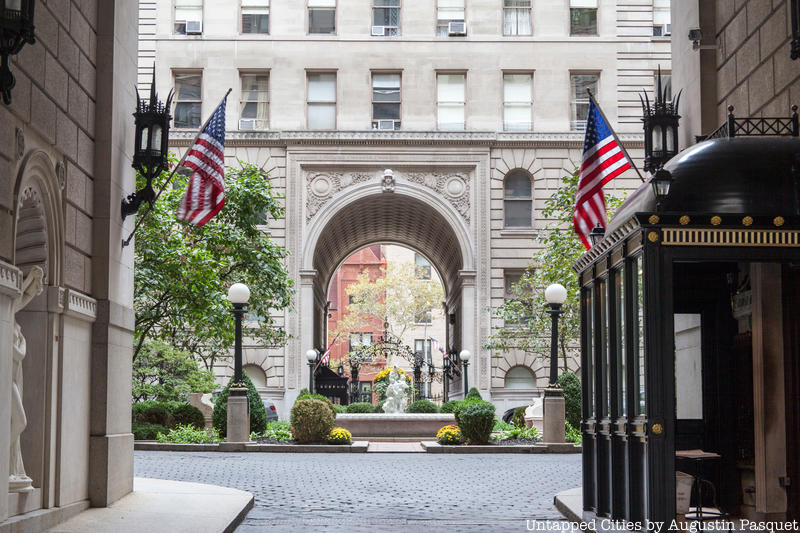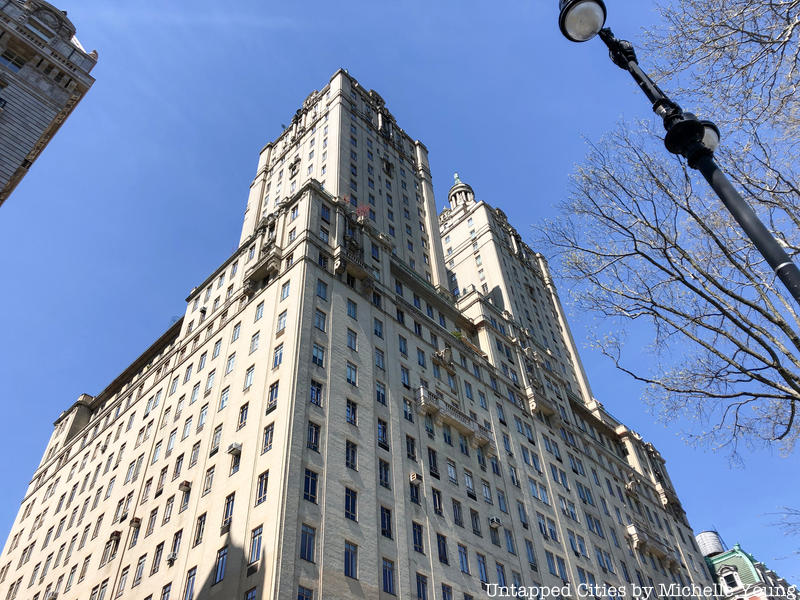
The Upper West Side, a neighborhood extending from West 59th Street to West 110th Street between Central Park and the Hudson River, is a primarily residential and wealthy area with lots of historic sites and cultural institutions. The home of Lincoln Center and the American Museum of Natural History, the Upper West Side is a popular tourist destination, drawing many to sites like Riverside Park or the New-York Historical Society. Many may picture the Upper West Side as having tall historic apartments for the city’s elite, but there are plenty of spots that are under-the-radar or rarely visited along the famed Riverside Drive or West End Drive to discover. Here’s our guide to the top 10 secrets of the Upper West Side.
1. The Upper West side had an apartment building boom around the turn of the 20th century

From the late 1800s into the early 1900s, the Upper West Side experienced an apartment boom, thanks to major investments from real estate developers. Dozens of high-rises began popping up along and near the Western edge of Central Park, Among the earliest apartments built in the area that still stand today are the Belnord, constructed in 1908 and housing figures such as Isaac Bashevis Singer, and the Apthorp, built between 1906 and 1908 for William Waldorf Astor. Along “the Boulevard,” or the historic Bloomingdale Road, were many hotels, as well as vacant lots owned by developers waiting for the right time to start construction.
Many of these buildings were the creations of famed architect Emery Roth, the mastermind behind the San Remo, the El Dorado, and the Beresford on the Upper West Side. Roth contributed many designs in the 1920s and 1930s, a few decades after the initial apartment boom. The subway system, which opened in 1904, provided easier access to the Upper West Side, which became a popular destination for the city’s elite. With the construction of these buildings came the development of the area’s character; along West End Avenue were quiet residences, Columbus Avenue drew in many successful businesses, Amsterdam Avenue featured rather inexpensive apartments, and Riverside Drive was the center of elegance.





